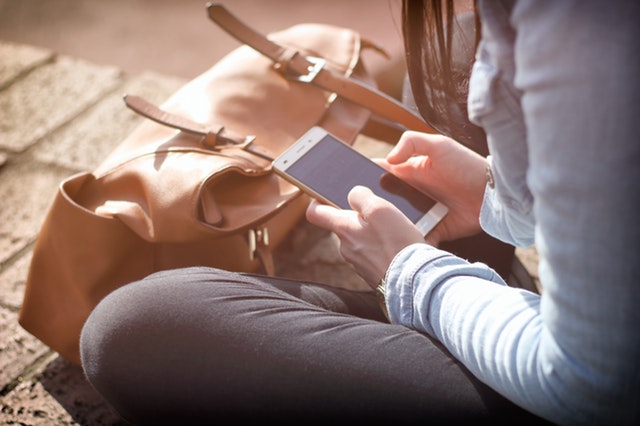Do you ever find yourself worrying your teenager is addicted to their phone? You may be right! In recent months, smart phone and social media designers from Silicon Valley have been going public about the addictive nature of their products. Online games, social media sites, Internet video chatting, video streaming and apps are all designed specifically to release dopamine in the brain. Dopamine is a neurotransmitter released from the brain’s reward and pleasure region. It is often released when we use social media because the colors, notifications, buttons and features are all created specifically to make people crave the interaction again and again.
An article in Fortune, by David Morris states, “These [Silicon Valley] whistleblowers cite specific tricks used in apps and interfaces to provide users with a rush of dopamine, pulling them back to their phones and other screens hundreds of times a day. Those include the triggering red color of Facebook notifications, autoplay features on YouTube and Netflix, and the pull-to-refresh mechanism of Twitter and other apps.”
While these addictive features affect all age groups, teenagers are the ones who suffer the worst consequences to their mental health, says a recent study published in Emotion by the American Psychological Association. Specifically, teenagers who spend a high amount of time using social media, video streaming, texting, video chatting, gaming and Internet surfing are less satisfied with their lives, and are generally unhappier than others in their peer group who use the same technology, but in moderation.
The study is based on data gathered by the University of Michigan from adolescents around the country. Psychological well-being was measured as self-esteem, life satisfaction and happiness, all of which began decreasing in adolescents in 2012. This is the year that smart phone use by American teenagers rose to 50% and has continued to rise ever since.
But don’t go throwing out your teenager’s cell phones just yet. The solution is not to unplug from the online environment, it’s to find a balance between online life and offline life. The study demonstrated that smart phone and Internet use are important to a teenager’s happiness in moderation. Connecting with their friends online and staying in the loop of social media is necessary for them to feel socially involved and not excluded. The happiest teens are the ones who find a balance between screen time, outdoor activities, quality time with friends/family and non-Internet hobbies.
Click here to access the online journal:
So, What Can Be Done?
If possible, teach your children to moderate their online activity early in life. If they grow up learning to balance their lives with their screen time, it will be easier to bring those good habits into their teenage years, and to maintain stable mental health.
Learning to balance activities, or cut back on online activities may be hard for teens who don’t believe they are addicted to their phones, or for teens who may have grown up so immersed in technology, that cutting it down seems absurd.
For these teens, the best thing to do is communicate with them and educate them. Start a dialogue about the positive and negative sides of the devices they use. Ask them to come up with a list of pros and cons for their smart phone and other frequently used devices. Make it a family activity; everyone writes a list of pros and cons and then compares lists. Use it as a teaching opportunity, and as a way to better understand how your adolescent views technology.
Encourage your teen to research the negative effects of screen time with you, read the articles together and discuss your opinions. Not all teenagers realize that their beloved phones and favorite apps are designed to trick their brains, and that the result of this trickery leads to unhappiness. Upon learning this they might be more inclined to take a break from their phone.
Practice balance as a family. Decide on a time when everyone puts away their devices, even if it’s just for an hour a week. (Example: Have Monday night dinner be device free). Set a good example by limiting your own device use.
Encourage non-screen relationships, activities, sports and quality time with friends/family.
Not all teenagers will be receptive to cutting down on their screen time. Some parents must enforce firm rules to incorporate balance in their children’s lives. If your teen is truly addicted to their phone or device, then the best thing to do is address the issue and works towards a healthier life style.
Here are some tough love ideas to help your teen cut down on technology:
– Cut the Internet off on your teenager’s phone after a certain amount of time, at a certain amount of data, or at a certain point in the evening.
– Make them pay for going over on their data with money or chores.
– Don’t allow certain devices to enter their room (example: laptop/I-pad can only be used in living room).
– Make the rule that they must leave their cell phone in living room overnight so they aren’t tempted to ignore their homework or stay up late web surfing.
– Talk to the school’s guidance counselor or administration about incorporating awareness about the negative effects of smartphones into school.
If you would like to discuss the elements of good communication with a therapist, call us at Family & Child Development.

